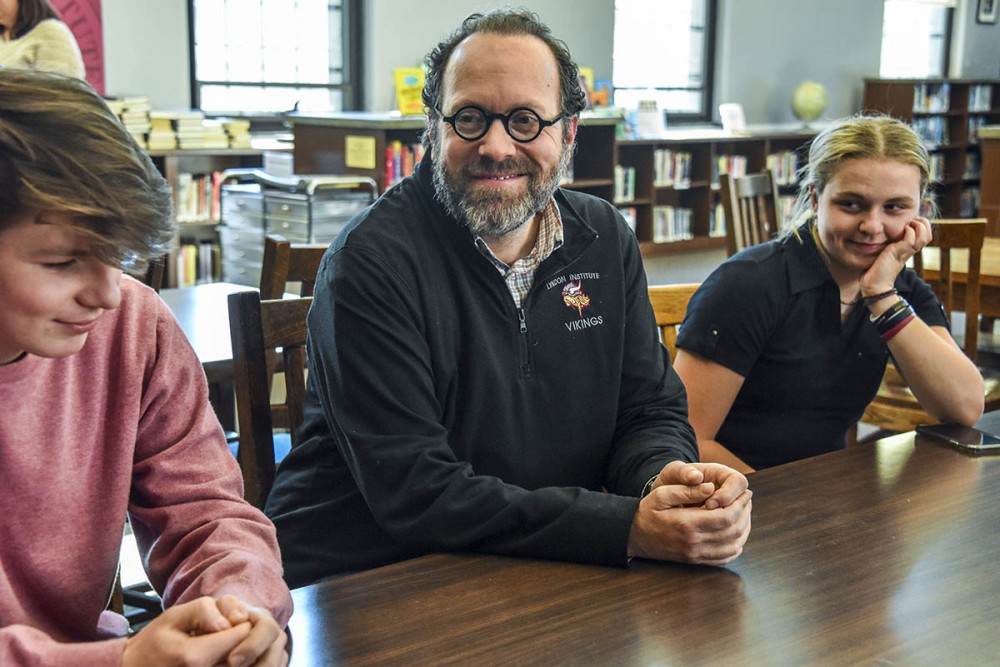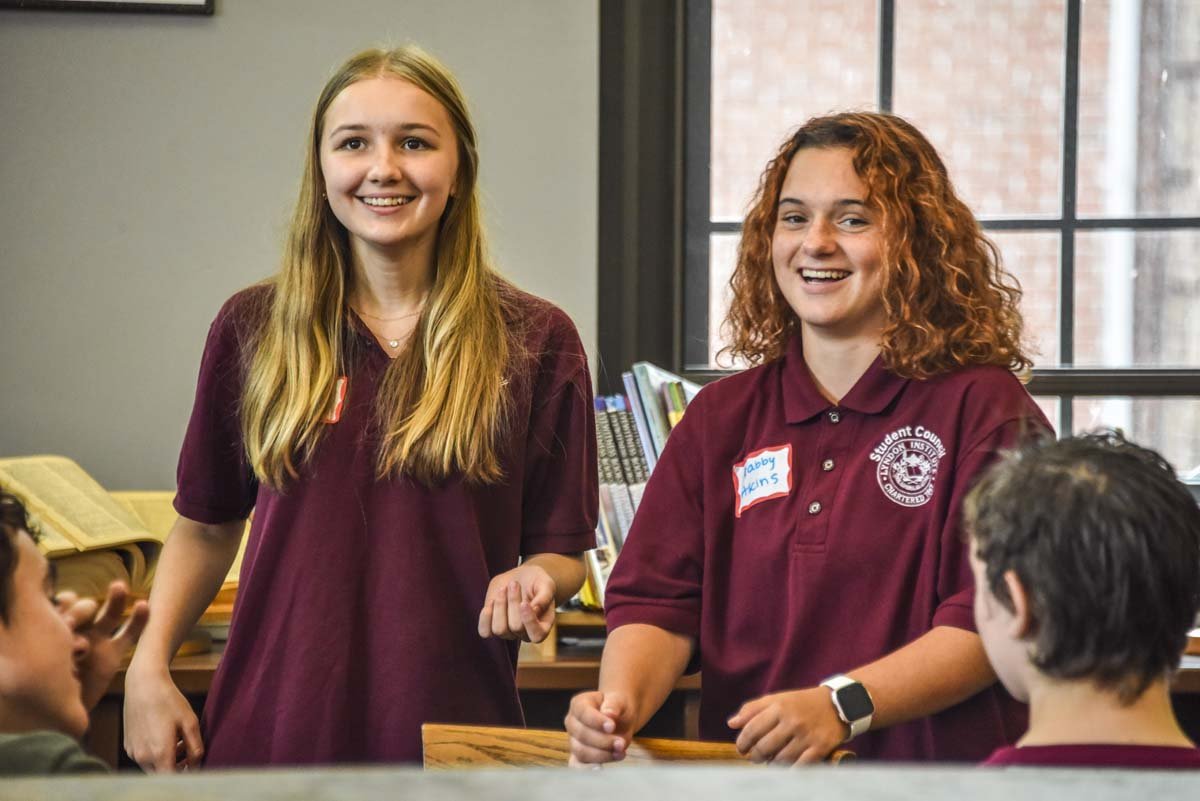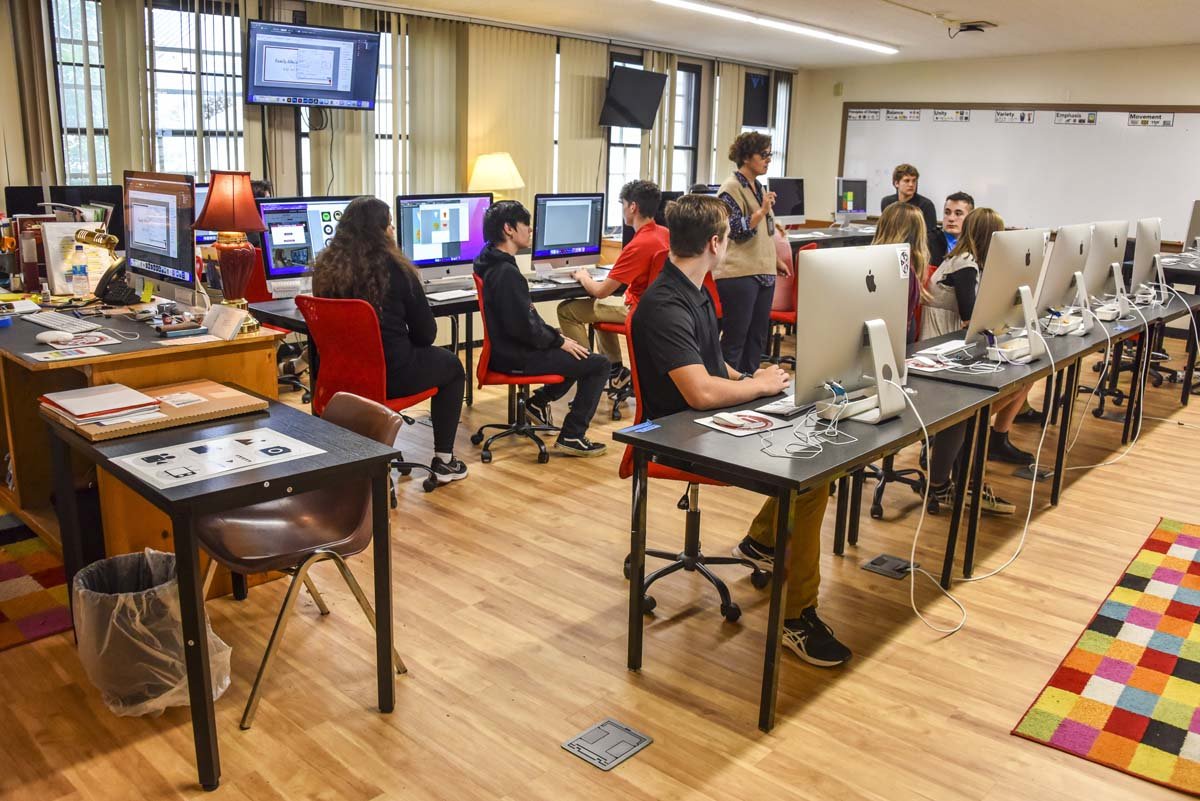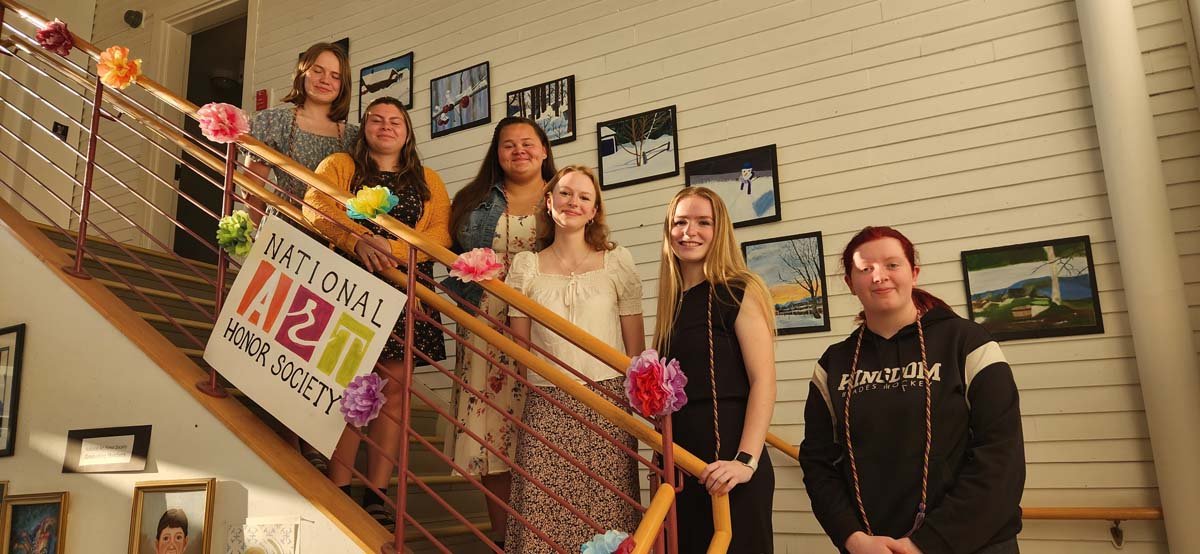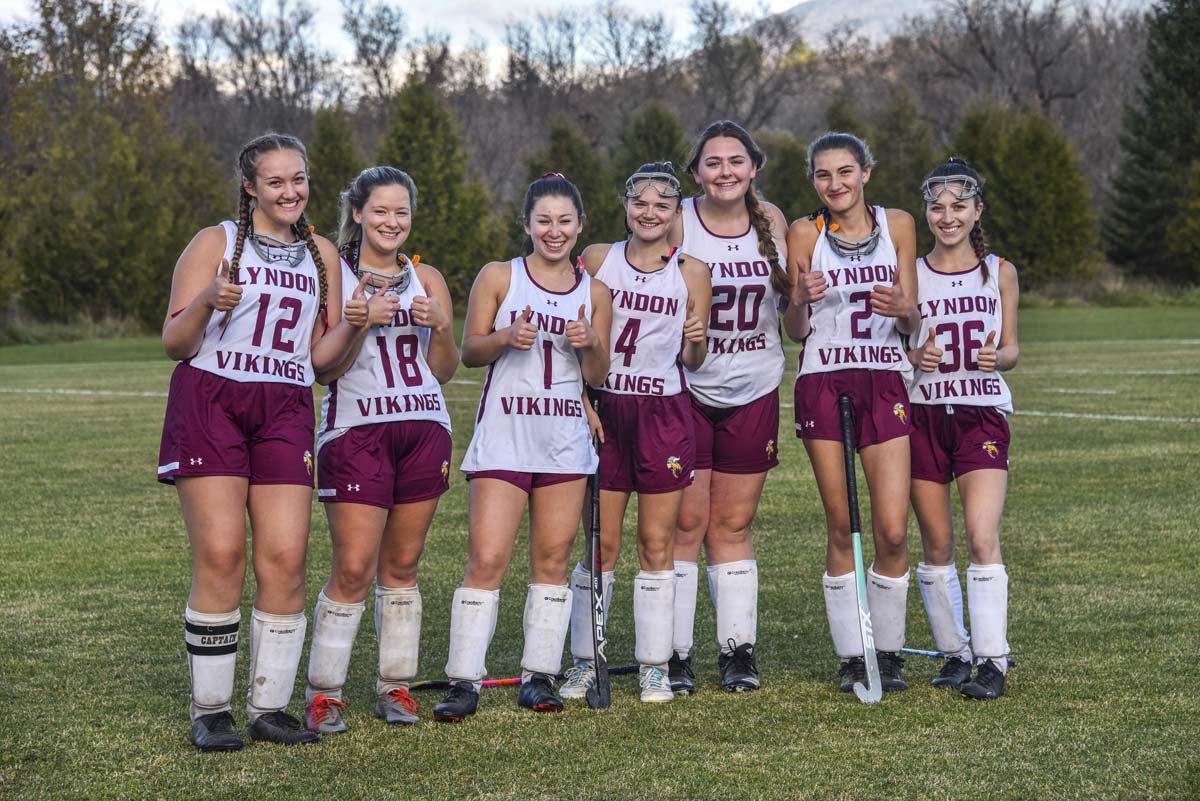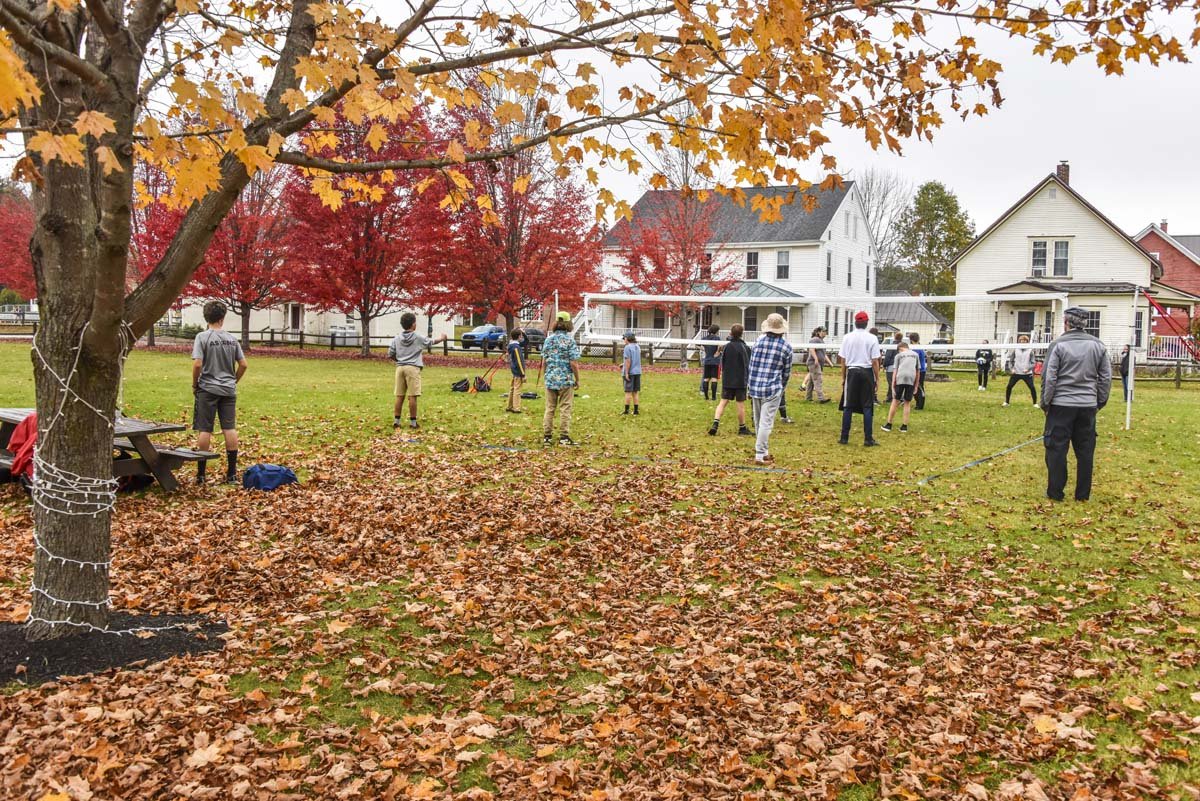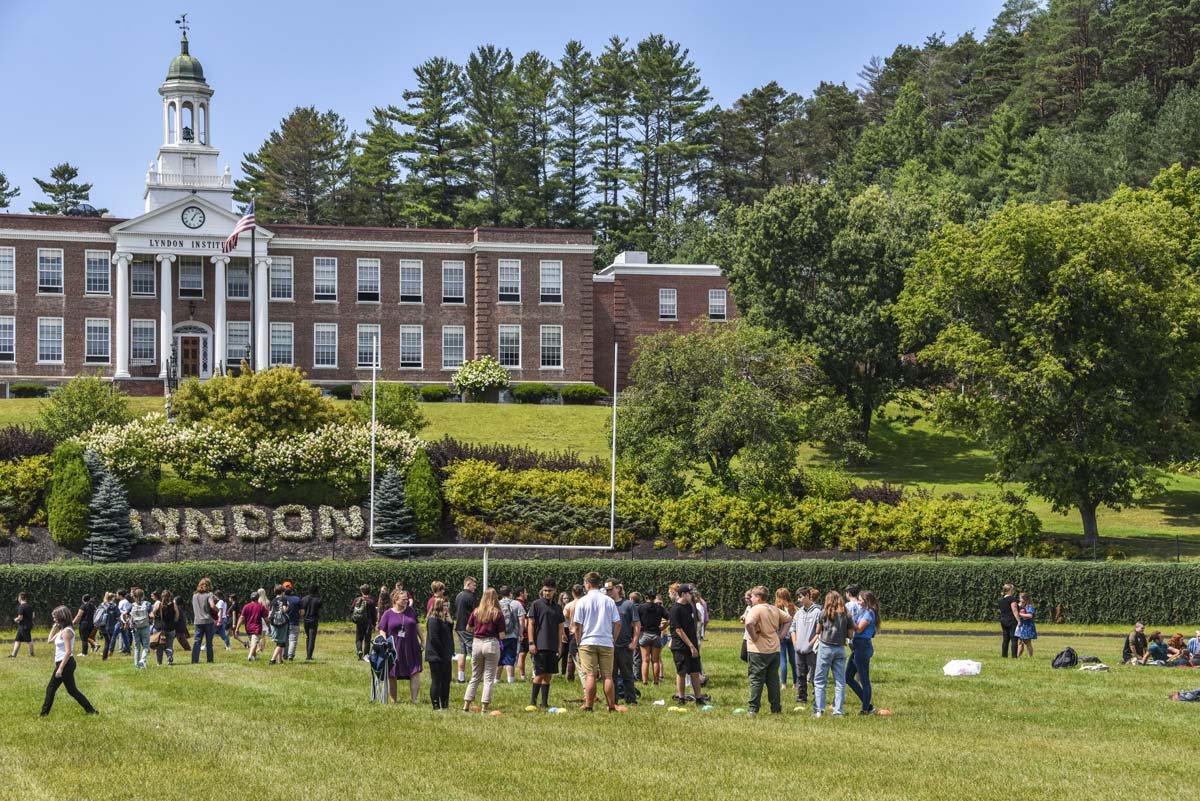- Our School
- Admissions
-
Academics
- Divisions and Faculty
- Commencement 2024
- January Term
- International Program (ESOL)
- College and Career Counseling
- Upward Bound
- Library/Monahan Academic Commons
- Career/Technical Education
- Lyndon Learning Collaborative
- Flexible Lyndon Institute Pathways (FLIP)
- Specialized Instruction
- Adult Continuing Education
- Lyndon Institute Course Catalog
- Student Services
- Arts
- Athletics
- Campus Life
- Support LI
- Alumni
« Back
Searching For Truth
January 23rd, 2023
A former colleague brought to my attention this article citing a Stanford University study on information sourcing, in which the author laments that young people today struggle to discriminate between fact and fiction. The article enters into a timely conversation about “fake news” and its role in politics and in informing our citizenry in general. This is not surprising, considering Forbes recently reported that “Instagram is now the most popular news source among younger people” and YouGovAmerica reported that a majority of Americans get their news from only one source. Given this phenomenon, how can students learn to separate fact from fiction?
What are we to make of this phenomenon? Well, we begin by accepting that our children have grown up in a post-postmodern world (as have most of us), in this case meaning that many people believe that there is no such thing as the Truth (note the capital T), but instead that there are multiple truths, shaped by our personal experiences and perspectives. What is new to our world is that facts are now being interpreted through these personal media filters and individuals feel free to accept or deny facts.
This pattern is extremely dangerous as it allows everyone to believe that his or her own interpretation of events may be real, and as a result there is no common fabric which binds us all together. Literally: we have nothing left to talk about. This pattern also makes it impossible for students to speak their minds on any topic because they lack a common set of facts to debate or discuss. British novelist Dorothy Sayers captured this problem eloquently almost 80 years ago:
For we let our young men and women go out unarmed, in a day when armor was never so necessary. By teaching them all to read, we have left them at the mercy of the printed word. By the invention of the film and the radio, we have made certain that no aversion to reading shall secure them from the incessant battery of words, words, words. They do not know what the words mean; they do not know how to ward them off or blunt their edge or fling them back; they are a prey to words in their emotions instead of being the masters of them in their intellects. — Sayers, “The Lost Tools of Learning.”
How do our children assert without discriminating? How do they tell fact or reality from fiction or fantasy? How can they resist being manipulated but be open to being persuaded? My answer is education.
Education offers students the tools of critical thinking: the ability to think for themselves and figure out the importance and meaning of something. Education forces students to see alternate perspectives than their own and reckon those against their ideas and beliefs. Education teaches students how to discuss and debate with civility and how to disagree with courtesy. True education never tells students WHAT to believe, but instead teaches them how to know and believe for themselves. It forces students to articulate, defend, and debate, and come out with a stronger belief or fuller understanding. It makes them confront their own ideas and decide for themselves what they know and believe. In this way, students can separate out fact from fiction, truth from belief, and be confident in that knowledge. No matter what else schools do, providing this type of education remains central to our purpose.
Posted in the category Front Page.

